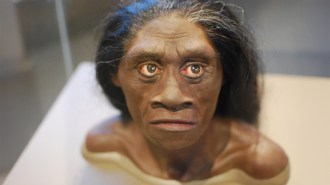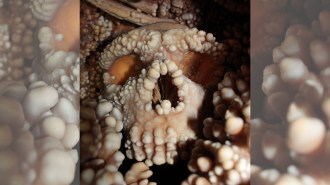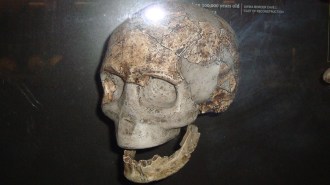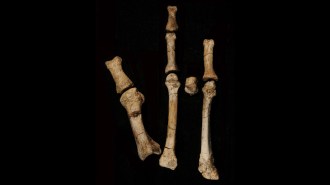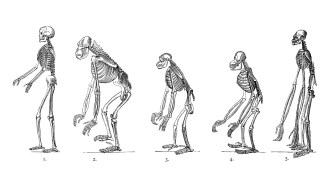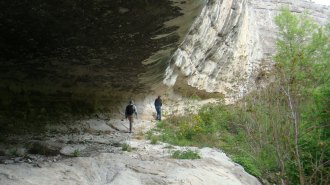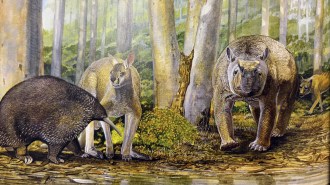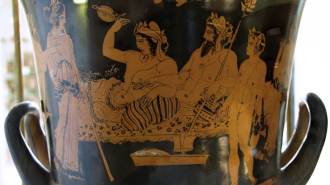Big Woman with a Distant Past: Stone Age gal embodies humanity’s cold shifts
A 260,000-year-old partial skeleton excavated in northwestern China 22 years ago represents our largest known female ancestor, according to a new analysis of the individual’s extensive remains.
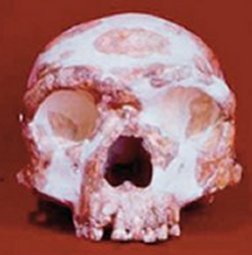
This ancient woman puts a modern twist on Stone Age human evolution, say Karen R. Rosenberg of the University of Delaware in Newark, Lü Zuné of Peking University in Beijing, and Chris B. Ruff of Johns Hopkins University School of Medicine in Baltimore. The fossil individual’s large size and the apparent adaptation of her body to cold conditions are “consistent with the idea that patterns of human anatomical variation that we see today have deep evolutionary roots,” Rosenberg asserts.
Although the woman belonged to the Homo genus, her species is uncertain. Now known as the Jinniushan specimen, she stood roughly 5 feet, 5-1/2 inches tall and tipped the scales at 173 pounds, the three anthropologists estimate. The only Stone Age Homo woman known to have approached that size weighed an estimated 163 pounds. Her partial skeleton came from a 100,000-year-old Neandertal site in France.
The Jinniushan specimen’s size reflects her membership in a population that, as an adaptation for retaining heat in a cold climate, evolved large, broad bodies with short limbs, a shape similar to that of near-polar populations today, the scientists propose in the March 7 Proceedings of the National Academy of Sciences.
The large estimated brain size of the Chinese fossil supports a current theory of mid–Stone Age brain expansion in Homo species, the researchers say. Earlier analyses of other fossils’ skulls and lower-body bones—not including multiple bones from single individuals—had indicated that, between 1 million and 200,000 years ago, the Homo lineage peaked in body size and displayed considerable brain growth relative to body size.
Bones of the Jinniushan specimen include a skull with many upper-jaw teeth, six vertebrae, two left ribs, a left-forearm bone, and the left half of the pelvis.
Pelvic shape and proportions are those of a female, the researchers conclude. Some researchers had previously dubbed this ancient individual a male solely on the basis of its large, thick-boned skull.
Three other partial-fossil individuals found in high-latitude, mid–Stone Age sites—two Neandertals and one of another Homo species—had wide torsos and short limbs, although to a lesser extent than the Jinniushan specimen did, Rosenberg says.
The Chinese skeleton’s age estimate derives from measurements of radioactive material that accumulated in animal teeth found in the same sediment.
The new findings reinforce previous fossil analyses suggesting that mid–Stone Age human ancestors evolved cold-adapted bodies at lower latitudes and in warmer climates than modern people did, remarks anthropologist Erik Trinkaus of Washington University in St. Louis.
In his view, that’s because mid–Stone Age folk had less effective ways to protect themselves from the cold than people did after about 60,000 years ago. At that time, campfires gave way to stone-lined hearths. The nature of mid–Stone Age clothing and shelter is unknown, Trinkaus adds.
